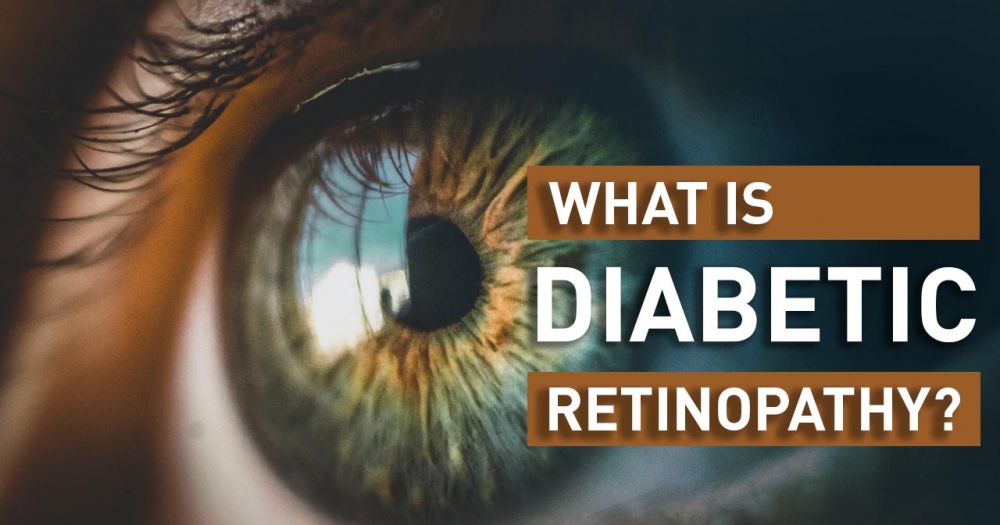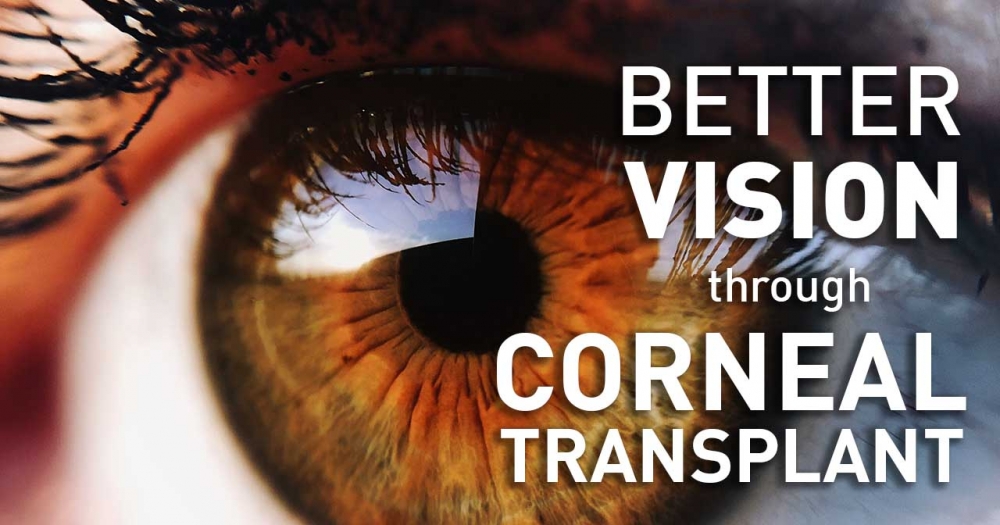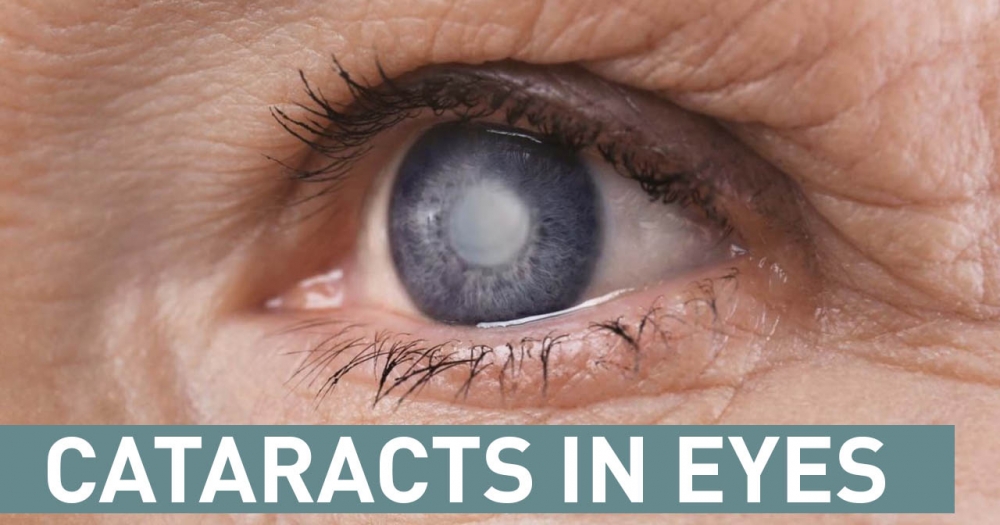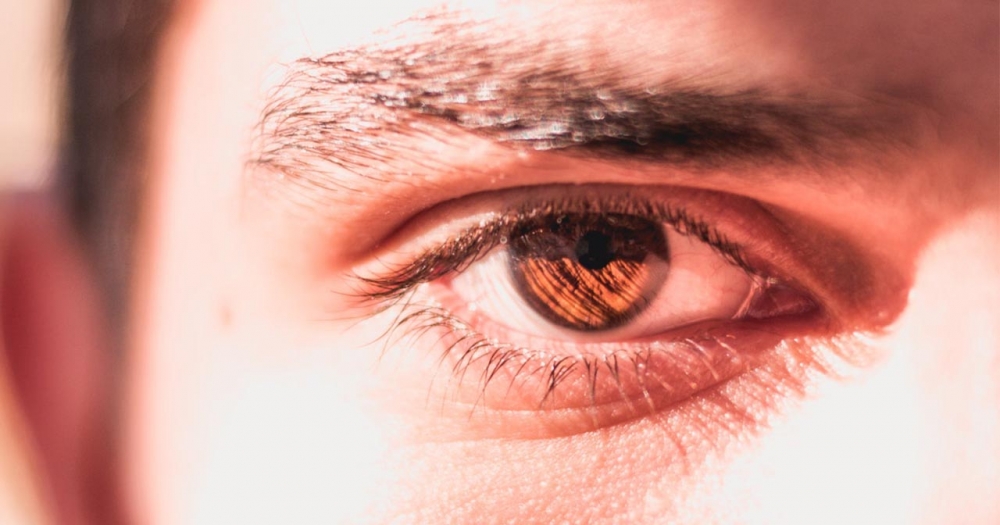The Two Types of Glaucoma: Primary Open Angle Glaucoma & Primary Angle Closure Glaucoma

Glaucoma describes a group of conditions in which there is characteristic cupping of the optic disc with corresponding loss of part of normal vision (visual field defects) which could ultimately lead to optic nerve damage.
It is a progressive condition and is the most common cause of irreversible blindness worldwide. It is also the second leading cause of blindness in the world after cataracts. Today, we are going to get into the two types of glaucoma that is common in Malaysia.
Primary Open Angle Glaucoma
Primary open-angle glaucoma (POAG) is one of the most common among the two types of glaucoma in this article. It is defined by an open, normal-appearing angle at the anterior chamber of the eye and raised fluid pressure inside the eye (known as intraocular pressure, IOP), with no other underlying disease.
This type of glaucoma is typically asymptomatic until advanced visual field loss occurs. Some of the risk factors for primary open-angle glaucoma include raised IOP, advancing age, family history, African ancestry, myopia, and perhaps the presence of certain systemic diseases, such as diabetes and hypertension.

Primary Angle Closure Glaucoma
Primary angle closure glaucoma (PACG) is another subset of glaucoma that is frequently seen here, in Asians. Acute onset angle closure (sometimes called ‘acute glaucoma’) develops when the drainage in the eye is blocked (because the iris has come forward), causing the drainage angle to ‘close’ and the eye pressure to rise.
The patient will present with sudden pain, haloes, redness, headache and vomiting. Chronic angle closure develops slowly, usually without symptoms, although the reason for the rise in eye pressure is similar.
Secondary Glaucoma
If there is an identifiable underlying cause for raised IOP, this is termed secondary glaucoma. For example, it could be due to trauma, inflammation or medications such as steroids.
The precise mechanism of increased resistance to outflow of fluid in the anterior chamber of the eye (aqueous outflow) remains unclear and is currently an active focus of research. At present, all our treatment strategies are directed at lowering intraocular pressure.
Glaucoma Diagnosis
The diagnosis of the two types of glaucoma is fairly similar. They require the assessment of:
- History, including a family history of glaucoma, trauma, usage of steroids
- Intraocular pressure (IOP) measurement
- Open – normal appearing anterior chamber angle
- Characteristic signs of optic disc damage
- Visual function loss on Perimetry test
Frequently, the diagnosis is not clear-cut and the patient may present with some risk factors and signs, but not others. In these cases, the patient may be labeled as a glaucoma suspect. These patients require repeat assessments at regular intervals with the frequency of visits dependent upon index of suspicion.

Management of Glaucoma
Management is aimed at slowing progression of the disease, while maintaining optimum visual function and quality of life. Lowering intraocular pressure lowers the risk of progression. IOP may be lowered by medical therapy (topical and systemic), laser therapy or surgical procedures. There is no strong evidence supporting which of medical, laser or surgical therapy should be given initially. Commonly, patients are started on medical therapy. But there is also possibility of combination therapy with adjunctive lasers and surgery depending on severity of the glaucoma.
Untreated, glaucoma can lead to irreversible blindness. Currently, there is no cure for glaucoma, which means treatment cannot reverse any existing damage to the optic nerve. Treatment for glaucoma is an individualized process, no ‘one treatment fits all’. The goal is to avoid further nerve damage, preservation of the visual field, and total quality of life for patients with minimal side effects.
Ultimately, glaucoma screening is the best way to detect the conditions early before they start to set into the irreversible phase. Don’t hesitate to approach us at Sunway Eye Centre. We are happy to help!
Back










